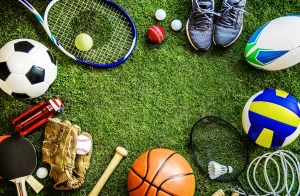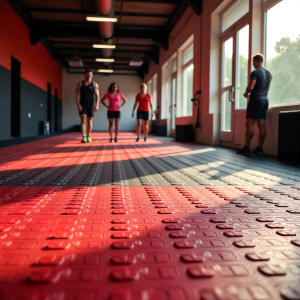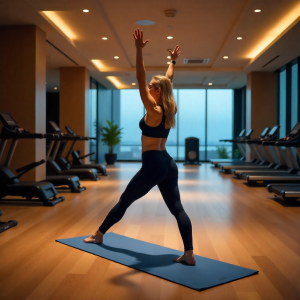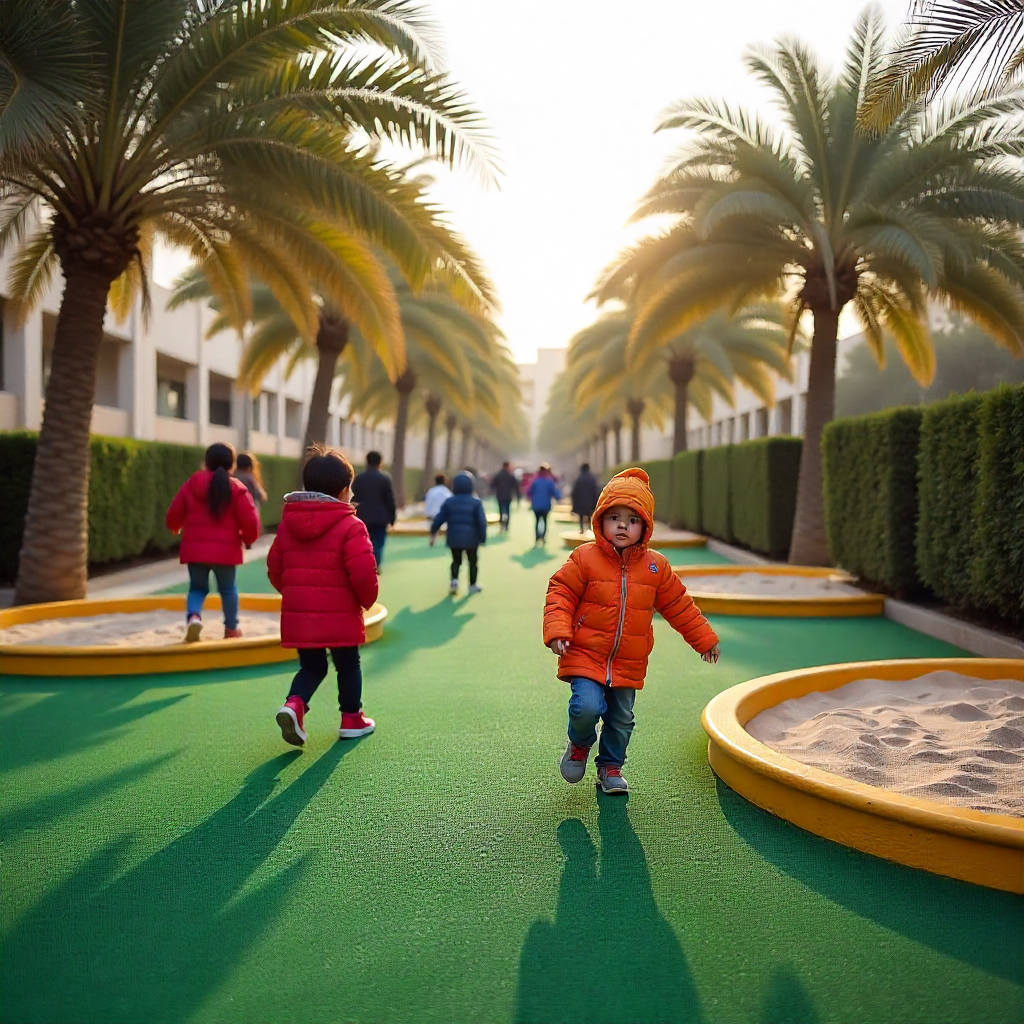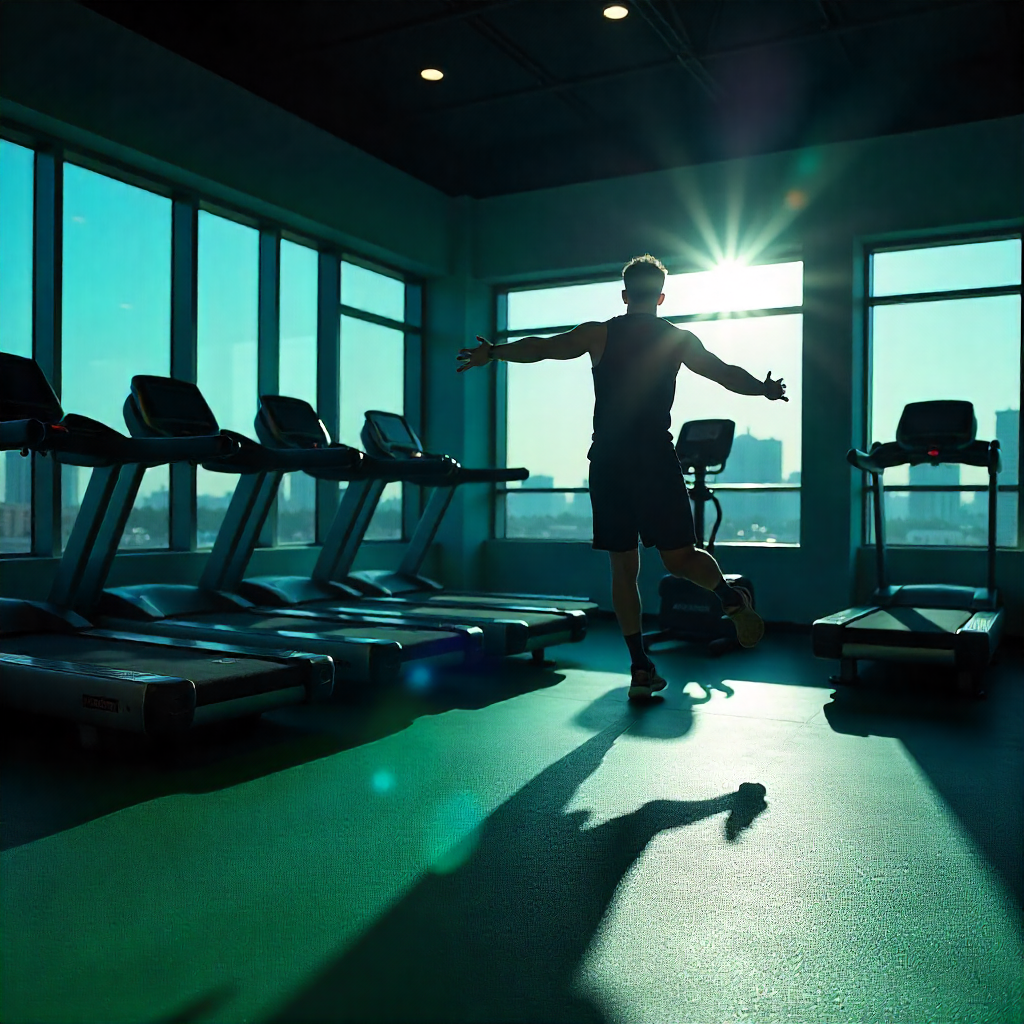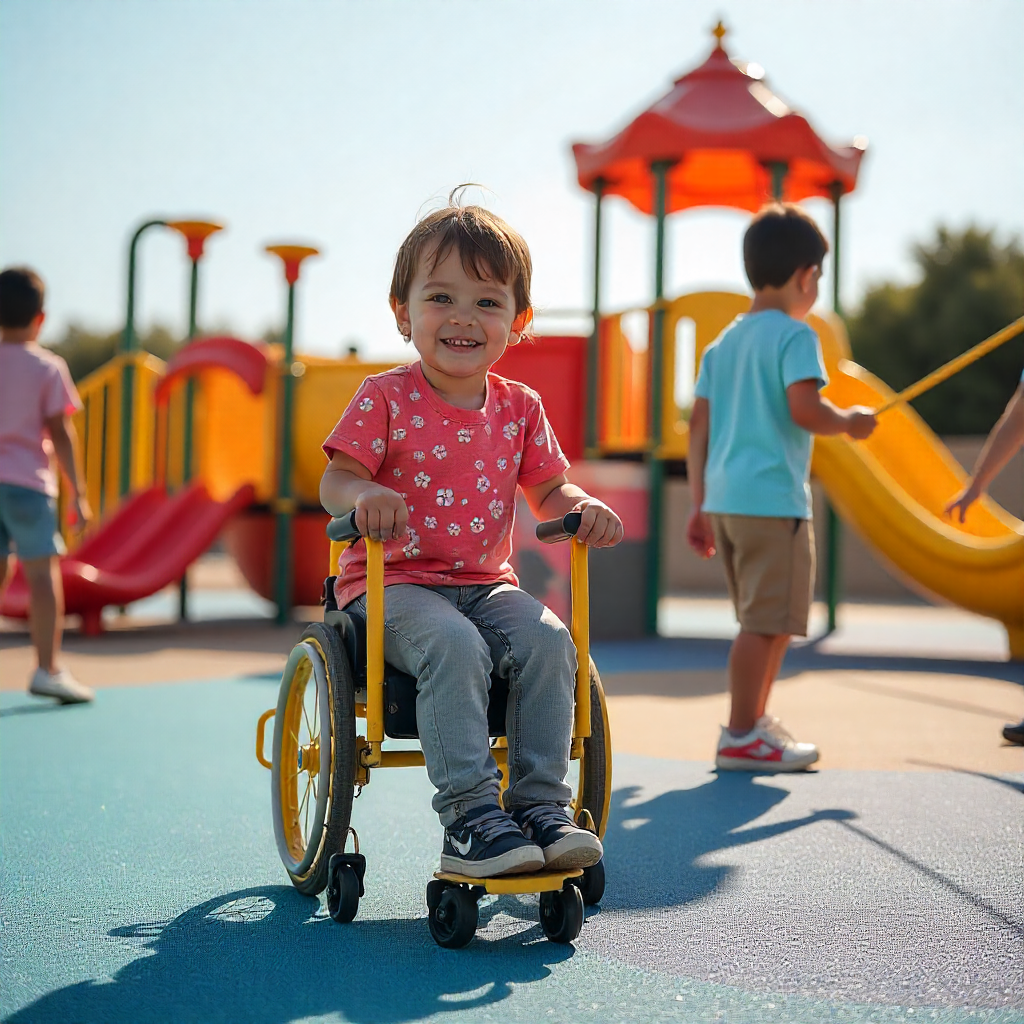Basketball court flooring plays a pivotal role in player safety, performance, and the overall success of a sports facility. Whether you are designing a court for a school, indoor gym, professional stadium, or outdoor recreational space, selecting the right flooring material is critical. In this guide, we explore the best basketball flooring options available in 2025 and how to choose the right one for your needs.
Why Flooring Matters in Basketball Court Design

Basketball involves rapid footwork, jumps, and directional changes. The flooring must:
- Provide shock absorption to reduce joint injuries
- Offer a non-slip surface for traction
- Withstand high foot traffic and heavy use
- Deliver consistent ball bounce and game performance
- Be easy to maintain and clean
Indoor Basketball Court Flooring Options
1. Maple Hardwood Flooring
Still the gold standard in professional indoor courts, maple wood delivers excellent performance.
Benefits:
- Superior ball bounce and traction
- Long-lasting with proper care
- Aesthetic appeal
Drawbacks:
- High upfront cost
- Requires regular refinishing
- Not moisture-resistant
Ideal For: Professional and school-level indoor courts
2. Engineered Wood Flooring
Engineered wood is a cost-effective alternative to solid maple flooring.
Benefits:
- Looks and feels like hardwood
- More stable under humidity changes
- Easier installation
Drawbacks:
- Slightly reduced performance compared to solid wood
- May require underlayment
Ideal For: Indoor multipurpose sports facilities
3. Vinyl Sports Flooring
Vinyl is a popular synthetic option for schools, recreational centers, and multi-use gyms.
Benefits:
- Shock absorption and slip resistance
- Moisture-resistant and hygienic
- Available in various colors and finishes
Drawbacks:
- Not as durable as wood under heavy athletic use
- May require periodic polishing
Ideal For: Budget-friendly indoor courts with multi-sport usage
4. Rubber Sports Flooring
Rubber tiles or rolls are used in fitness zones and training courts.
Benefits:
- Impact-absorbing and sound-dampening
- Easy to clean and maintain
- Slip-resistant
Drawbacks:
- Lower ball bounce
- May not meet standards for professional play
Ideal For: Practice zones, fitness centers, youth training areas
Outdoor Basketball Court Flooring Options
1. Acrylic Sport Surfaces
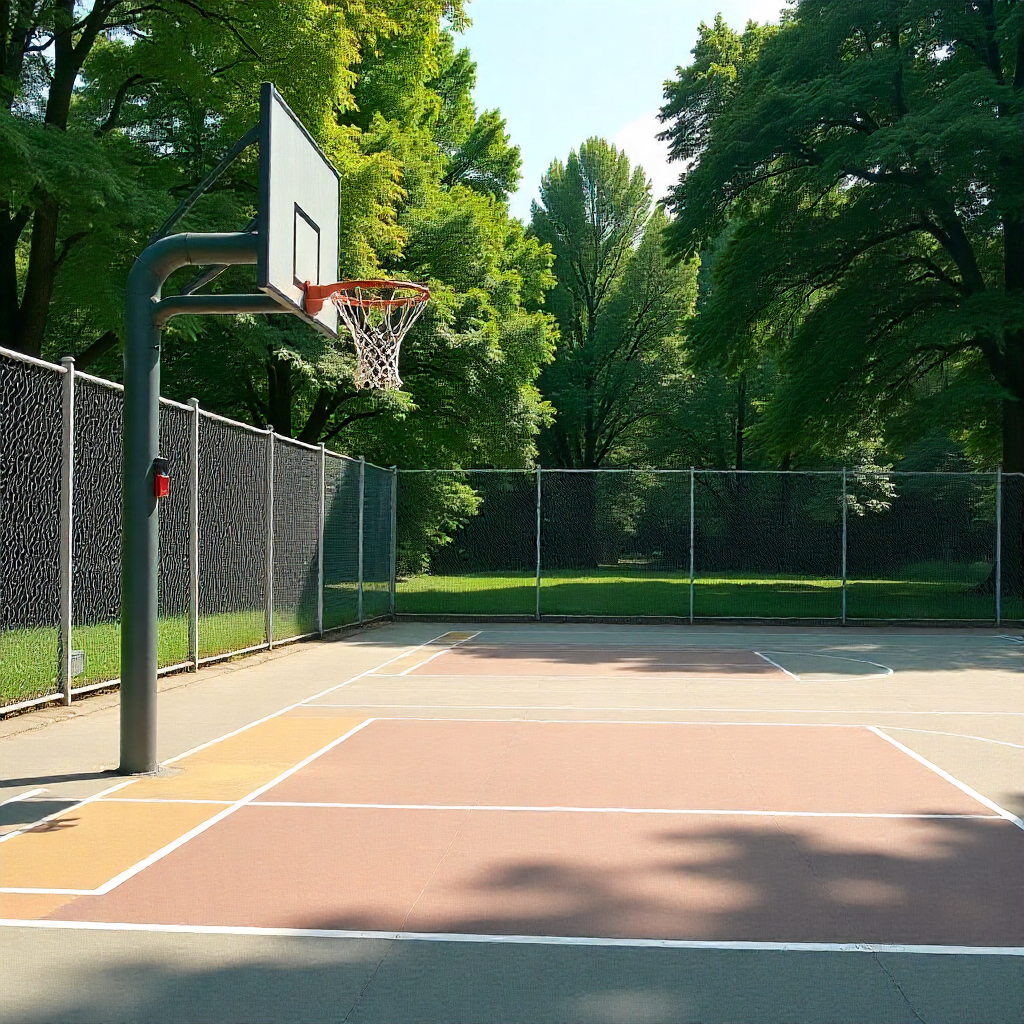
Acrylic coatings are applied over concrete or asphalt for outdoor courts.
Benefits:
- Durable under UV rays and extreme weather
- Customizable colors and game lines
- Good traction for outdoor play
Drawbacks:
- Harder on joints than indoor floors
- Requires recoating over time
Ideal For: School yards, public parks, residential communities
2. Modular PP (Polypropylene) Tiles
Interlocking modular tiles are increasingly used for outdoor basketball flooring.
Benefits:
- UV-stabilized and weatherproof
- Quick installation and replacement
- Offers drainage for rainy climates
Drawbacks:
- Ball bounce may differ from hardwood
- Higher initial cost than concrete
Ideal For: Backyard courts, commercial playgrounds, club facilities
3. Rubber Outdoor Flooring
EPDM rubber flooring is a resilient surface for training and low-intensity play.
Benefits:
- Soft underfoot and shock-absorbent
- Withstands heat and fading
- Low maintenance
Drawbacks:
- Not suitable for competitive basketball
- May degrade faster under constant sun exposure
Ideal For: Training courts, kids’ play zones, recreational gyms
Key Factors to Consider When Choosing Basketball Court Flooring
1. Indoor vs. Outdoor Usage
Choose based on your environment. Indoor courts benefit from wood or vinyl, while outdoor courts need UV and moisture-resistant surfaces like acrylic or PP tiles.
2. Player Age and Skill Level
Young players need softer, forgiving surfaces. Professional-level courts demand precise bounce and traction.
3. Budget and Maintenance
Consider initial installation costs, long-term maintenance, and durability. Wood costs more upfront but lasts decades. Vinyl and modular tiles are more budget-friendly with easier upkeep.
4. Climate Conditions
In hot regions like the UAE, flooring must resist UV rays, sand, and humidity. Modular tiles or acrylic coatings with heat resistance are best for outdoor use.
Maintenance Tips for Long-Lasting Performance
- Sweep or vacuum regularly to remove dust and debris
- Mop with manufacturer-approved solutions
- Inspect for wear, cracks, or seam separation
- For outdoor courts, rinse off sand and apply UV-protection coatings annually
- Refinish hardwood every 1–2 years based on usage
Why Choose Anfield for Basketball Court Flooring in UAE?
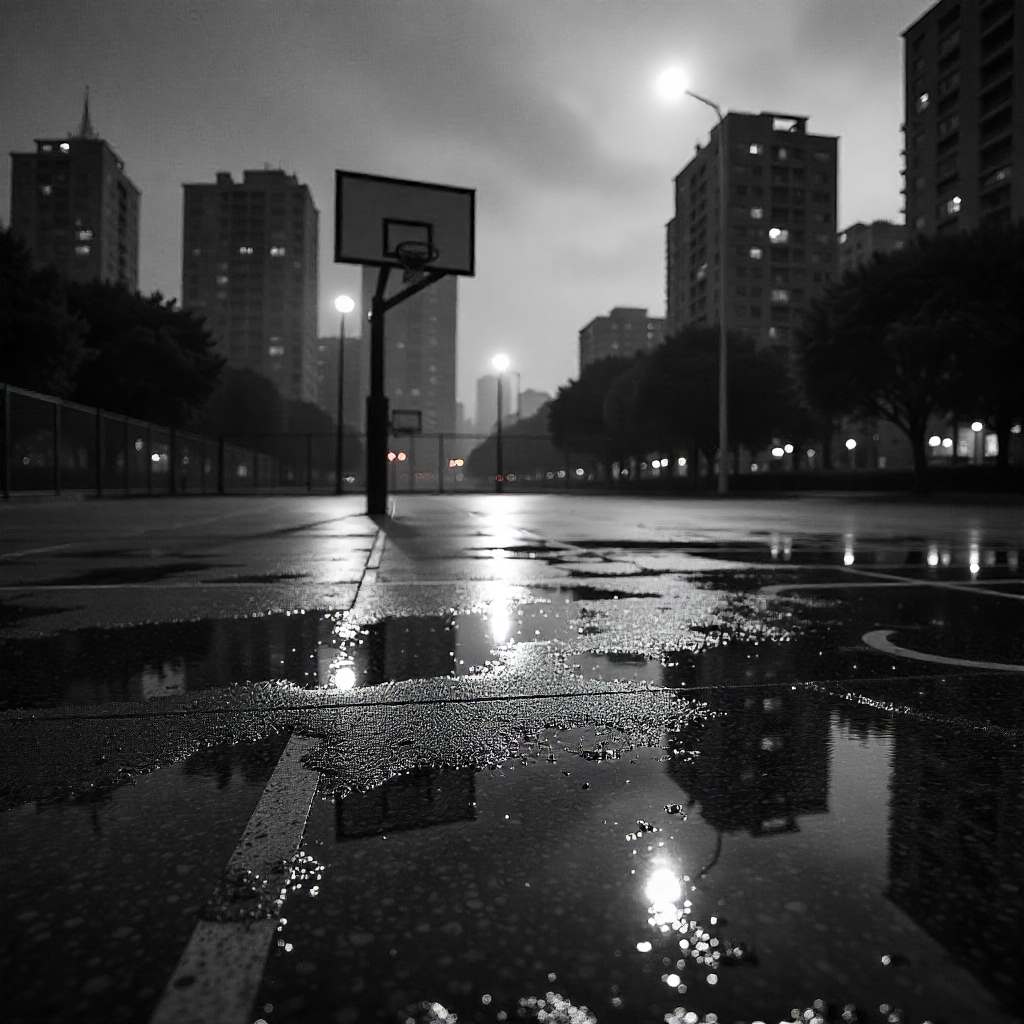
At Anfield General Contracting, we specialize in installing high-performance basketball court flooring tailored to the UAE’s climate. Our team provides:
- Expert consultation on material selection
- Professional installation for both indoor and outdoor courts
- Customized court designs with game line markings
- Long-term maintenance and support services
Whether you’re building a community sports center or upgrading your school’s gymnasium, Anfield ensures your court is designed for performance, safety, and durability.
Ready to Build or Upgrade Your Basketball Court?
Get in touch with our flooring experts at www.anfield.ae to schedule a consultation or request a quote for your basketball court flooring project.
